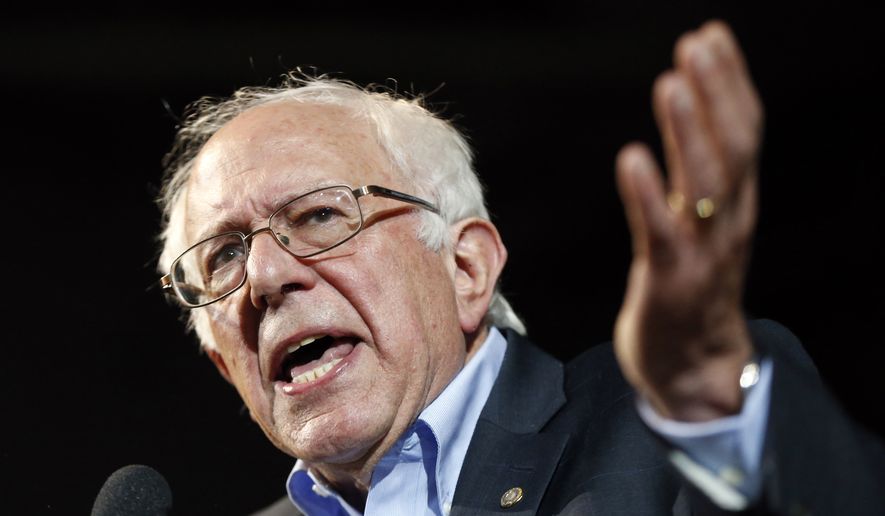The Obama administration once again is touting new data showing job growth and another drop in the nation’s unemployment rate, but beneath the surface lies a more bleak picture of the U.S. economy, as more and more Americans disappear from the labor force.
Last week’s Department of Labor report said the U.S. created more than 220,000 jobs in June, and the unemployment rate dropped to 5.3 percent, the lowest since the pre-Great Recession days of early 2008. Tucked within the study, however, is a figure that some analysts say is far more important than month-to-month job figures: The number of Americans working or searching for a job has dropped to its lowest point in 38 years.
Just 62.6 percent of working-age Americans are participating in the labor force. Participants are defined as those who have a job or are actively seeking one.
Those who are not seeking work are not counted in monthly jobless figures, meaning unemployment rates can fall even though the number of Americans getting paychecks stays flat or drops.
The troubling numbers cast doubt on the White House’s continued claim that Mr. Obama’s policies have rescued the economy and put it on firm footing moving forward. Even some on the left say the administration isn’t acknowledging the true depth of the unemployment situation.
While there is no doubt there has been significant private sector job growth in recent years — the economy has added 2.9 million jobs over the past year, for example — that growth, to some extent, masks bigger problems in the economy.
Data indicate that the biggest contributor to the shrinking U.S. labor pool is that fewer young Americans are working or actively seeking new jobs. The trend began more than 20 years ago, analysts say, and accelerated after the recession began in 2008.
From 1995 to 2013, the number of Americans ages 15 to 24 participating in the labor force fell by more than 11 percentage points, according to research from Ritholtz Wealth Management. Labor force participation among those 25 to 54 years old also has fallen, though to a much lesser degree.
At the same time, more older Americans are staying on the job as they near retirement, though that hasn’t been enough to make up for the number of younger men and women fleeing the workforce.
“If you look at the overarching trend, it does look like, over this 35-year period or so, young workers have been — their labor force participation rates have been dropping,” said Elise Gould, senior economist at the Economic Policy Institute. Ms. Gould pointed to data showing that only about 55 percent of young Americans are working or looking for new jobs.
Contrary to popular belief, she said, most of those young people are not simply electing to remain in college.
“They’re not sheltering in school. They’re not seeing that as an alternative, and they’re not getting jobs in great numbers,” Ms. Gould said.
For its part, the administration continues to highlight positive numbers, such as the 223,000 jobs added in June in the health care, retail, business and other sectors of the economy.
White House officials argue that Mr. Obama’s policies have saved the economy from the total collapse it faced in 2008 and 2009. They claim Congress can accelerate growth by enacting pieces of the president’s agenda.
“Our economy has now added 5.6 million jobs over the past two years, the strongest two-year job growth since 2000. But, despite this progress, there is more work to do,” Betsey Stevenson, a member of the president’s Council of Economic Advisers, said last week. “We must continue to build on the positive trends underlying our economy by ensuring that Americans working overtime receive a fair day’s pay, opening new markets for U.S. goods and services through expanded trade, increasing investments in infrastructure, providing relief from the sequester and raising the minimum wage.”
But even fellow Democrats take issue with the White House’s claims, and questions about the nation’s true unemployment rate have crept into the 2016 presidential race.
Sen. Bernard Sanders, a Vermont independent seeking the White House as a Democrat, said Monday that the administration’s claim of a 5.3 percent unemployment rate doesn’t hold water.
“There is another set of government statistics,” said the self-described socialist, “and that real unemployment [is] if you include those people who have given up looking for work and the millions of others who are working part-time, 20, 25 hours a week when they want to work full-time. When you put all of that together, real unemployment is 10.5 percent.”
Even those who remain active participants in the labor force and are seeking jobs on a daily basis have found little success.
Robert Tognetti, 21, a political science major and recent graduate of Marist College in New York, has relentlessly applied for jobs since receiving his diploma from the liberal arts school in May. He says he’s applied to over 100 jobs, about five to six a day, but the tough job market has held him back.
“Having a college degree does not guarantee you a job anymore. There’s still a lot of unemployed people. I know a lot of people [who were fired] trying to get back into the workforce, so it creates an environment where the millennials are facing up against all the recently fired people,” he said.
“I feel like each day it gets tougher to find a job,” he added.
• Brennan Weiss contributed to this report.
• Ben Wolfgang can be reached at bwolfgang@washingtontimes.com.




Please read our comment policy before commenting.